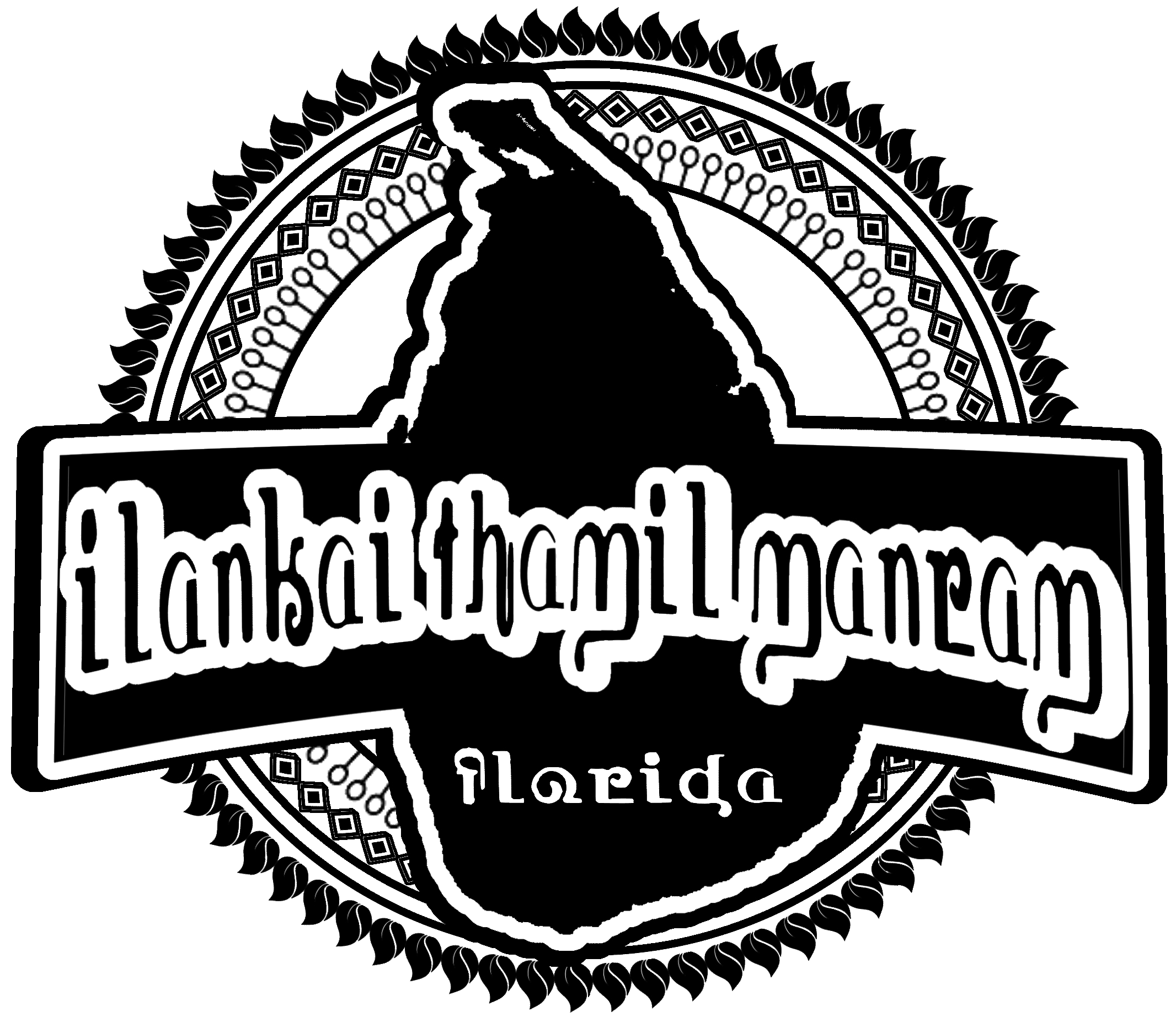
Happy Presidents’ Day…except it’s only Presidents’ Day in certain states, because Presidents’ Day is not the name of the federal holiday celebrated on the third Monday of February in the United States.
The actual name of the federal holiday celebrated on the third Monday in February is Washington’s Birthday, in honor of the first president of the United States, George Washington. His birthday has been a federal holiday since 1879, except it was actually celebrated on February 22, which is the date of Washington’s birthday. In many states, Washington’s birthday is considered a state holiday as well.
There were efforts around the time of Abraham Lincoln’s death to have his birthday, February 12, recognized as a federal holiday also, but it was only recognized as a state holiday in some states. By 1951, efforts began to create a President’s Day as a federal holiday that would honor the office of the presidency rather than specific presidents (note the apostrophe), but as the date proposed was the then-inauguration day of March 4, it was abandoned as being too close to Washington’s and Lincoln’s birthdays.
It was only in 1971 that the Uniform Monday Holiday Act moved the federal holiday of Washington’s Birthday to the third Monday of February, and although attempts were made in drafts of the Act to rename the holiday “Presidents’ Day,” the efforts failed. This move also ensured that Washington’s Birthday would never actually fall on Washington’s birthday. Nevertheless, some states have made Presidents’ Day a state holiday, while others choose to honor specific presidents, and some none at all. Florida recognizes the state holiday “Washington’s Birthday” on the same date as the federal holiday.
Sri Lanka does not have a “President’s Day” either, which may not be surprising since Sri Lanka has only had a president from 1972, when it declared itself to be a republic. Before that, and since independence, the British monarch was actually the head of state as represented by the governor-general, with most of the nation’s power lying in the office of the prime minister.
Even after 1972, the presidency was a relatively ceremonial position, with real power remaining with the prime minister. It was only in 1978 that the president became head of state and head of government, wielding legitimate power, and having the prime minister as an assistant and deputy.
